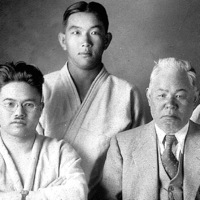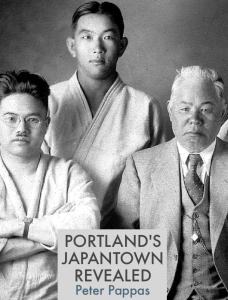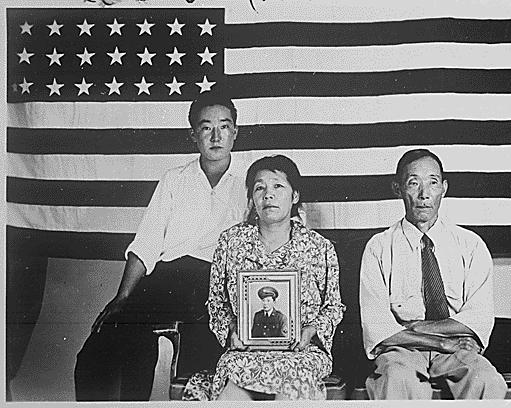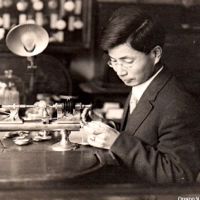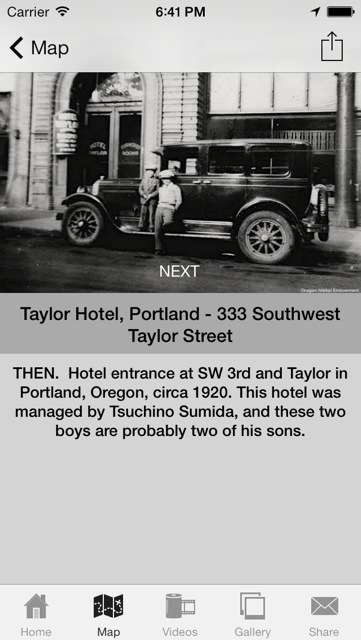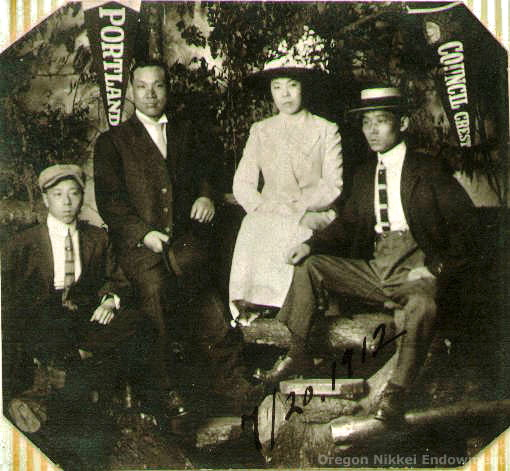Awarded “Best Textbook” and “Best Widget, 2015” More
I’m pleased to introduce my multitouch iBook: Portland’s Japantown Revealed. Free at iTunes.
It’s a collection of historic documents, photographs and interviews that tell the story of Portland’s “Nihonmachi” (Japantown) – a once vibrant community that disappeared with the forced removal and incarceration of its citizens. It’s the fourth title in my Homefront USA series of iBooks.
It’s filled with over a hundred archival photographs and dozens of video interviews with former Japantown residents selected from the collection of the Oregon Nikkei Legacy Center. The book details life from the 1890s until the eve of WWII when it had grown to a bustling neighborhood with over 100 businesses. Located within a twelve block area in an area north of Burnside St and west of the Willamette River, it was a home to scores Japanese American families and a regional destination for others who wanted to buy traditional food, receive dental and medical care, find legal assistance, and take care of their banking needs.
One exciting feature of the iBook are interactive “Portland Revealed” widgets that allow the reader to blend historic and contemporary photographs. I created them by seeking out locations of historic photographs where the architecture had been preserved and re-photographing the contemporary setting. The resulting overlay lets the user “paint” the historic figures into modern settings.
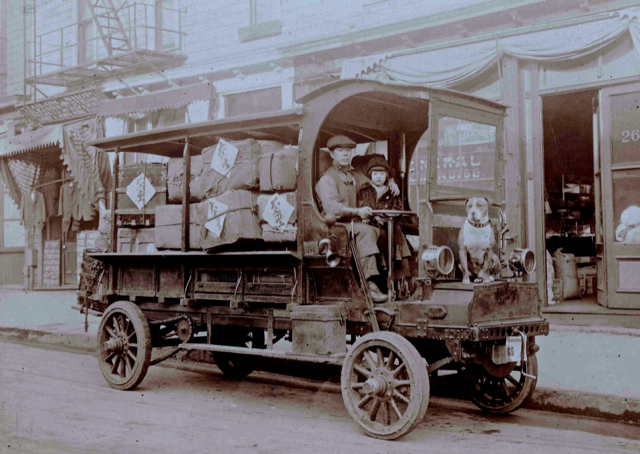
“ … we just didn’t know what was going to happen to us. Were they going to shoot us, or are they going to send us all to Japan, and we can’t even speak Japanese properly.”
The book details the Japanese American reaction to the attack on Pearl Harbor and the uncertainty that swept through Nihonmachi. A Japanese American woman who was nineteen at time recalls “Well, they won’t take us, we’re citizens … “we’re citizens,” that’s all we kept saying, “they wouldn’t take us.” A man looks back and recalls thinking “ … we just didn’t know what was going to happen to us. Were they going to shoot us, or are they going to send us all to Japan, and we can’t even speak Japanese properly.”
To give the reader historic context for the temper of the times, the book includes pamphlets, posters and movie clips that exemplify the anti-Japanese rhetoric of the era. Portland’s Japantown residents retell the story of the sudden arrests and disappearance of community leaders in the days following Pearl Harbor.
By February of 1942, President Franklin D. Roosevelt issued Executive Order 9066 cleared the way for the forced removal and incarceration of Portland’s Nihonmachi.
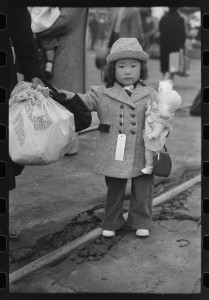
Once the exclusion orders were issued, Portland’s Japanese Americans had only a few days to get their business affairs in order before having to report to the Portland Assembly Center. Many were barred by the Alien Land Laws, from owning property, thus their businesses investments were in fixtures and inventory. Limited to only a suitcase of personal possessions, many had to leave everything behind or liquidate possession or properties in quick sales for only pennies on the dollar. Within days Nihonmachi’s residents were stripped of their civil rights, freedom and financial equity.
Their first stop was the Portland Assembly Center operated in the summer of 1942. It was one of the many temporary incarceration centers built in large population centers on the west coast until more permanent centers could be built further inland. The Portland Assembly Center was really the Pacific International Livestock Exposition Pavilion. Plywood construction and rough partitions could not cloak the smell of manure, or deter the swarms of black flies.
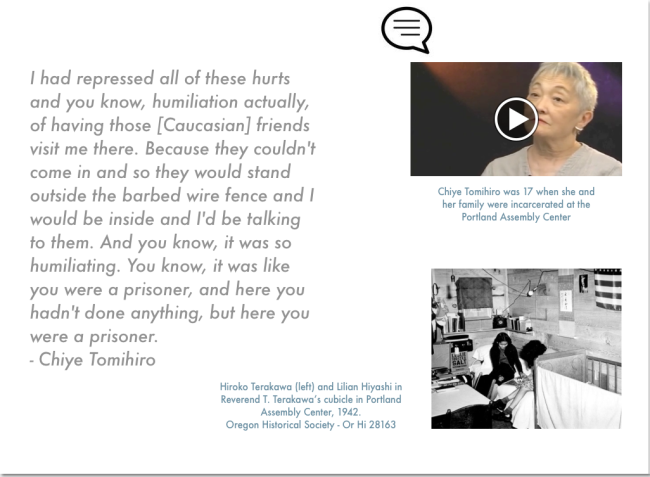 For four months, over 3,500 evacuees made do in this roughshod temporary housing with minimal plumbing and little privacy. No information was given on how long they would be at the assembly center or where they would go next. See interviews with people incarcerated at that center and contrast them with the cheerful photographs circulated to the US public. Most of Portland’s Nihonmachi was eventually moved from the Portland Assembly Center to more permanent incarceration at the Minidoka War Relocation Center.
For four months, over 3,500 evacuees made do in this roughshod temporary housing with minimal plumbing and little privacy. No information was given on how long they would be at the assembly center or where they would go next. See interviews with people incarcerated at that center and contrast them with the cheerful photographs circulated to the US public. Most of Portland’s Nihonmachi was eventually moved from the Portland Assembly Center to more permanent incarceration at the Minidoka War Relocation Center.
But after the war … the Japanese town was not there… I don’t think there was that central feeling of Japantown. ~ Former resident
Released from incarceration in 1945, Portland’s Japanese community faced tough decisions about where to “restart” their lives. Most had lost their livelihoods, homes and possessions in the wartime roundup. Released from incarceration in 1945, Portland’s Japanese community faced tough decisions about where to “restart” their lives. Most had lost their livelihoods, homes and possessions in the wartime roundup.
In the post-war years, some Japanese American businesses were re-established in what had been Portland’s Japantown. Nonetheless, the vitality of a neighborhood that once was a vibrant Nihonmachi never fully recovered from the US government’s forced removal and incarceration of its Japanese American residents during the war years.
Unless otherwise noted images from the Nikkei Legacy Center.
Young girl detainee by Russell Lee.
U.S. Farm Security Administration/Office of War Information.
